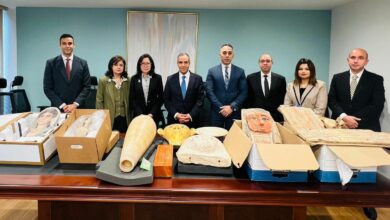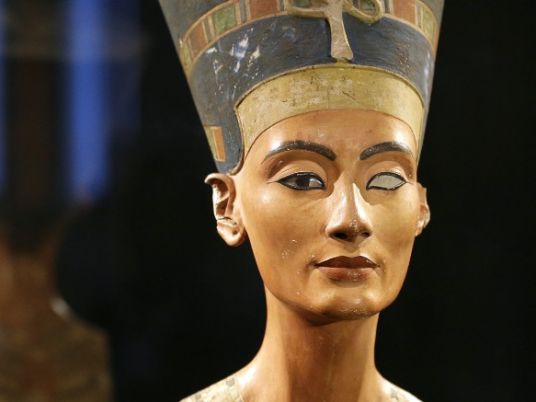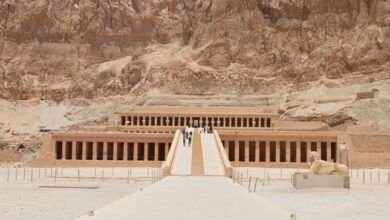Yesterday, a team of archaeologists led by Secretary General of the Egyptian Supreme Council of Antiquities Zahi Hawass, discovered the full extent of a secret tunnel extending from the tomb of Seti I, an ancient Pharaoh whose reign ended some 3,000 years ago.
The walls of the unfinished tunnel are described as bearing several “preliminary sketches” for planned decorations, as well as instructions left by the architects for the workers assigned with digging the tunnel. Inside the tunnel, archaeologists also reportedly found pottery fragments, several incomplete statues and cartouches, and a model boat.
The find is particularly significant as it resolves a much disputed issue–whether or not Seti I had indeed built a second, secret, tomb-within-a-tomb. Since its discovery several decades ago, several groups of archaeologists have believed the tunnel to be the corridor to Seti’s secret tomb.
“The tunnel had been uncovered during previous excavations dating back to 1960,” Hawass explained to Al-Masry Al-Youm. “However, after digging 130 meters, the workers became exhausted and digging stopped before they ever reached the end of the tunnel.”
In 2007, Hawass’s team picked up where previous efforts left off. “We came in and reinforced the [tunnel’s] ceilings, and laid down a series of wooden steps and iron rails,” says Hawass. His team dug a further 44 meters–reaching a total depth of 174 meters, and discovering along the way a 54-step staircase, each step measuring 2.60 meters wide–before hitting a dead end.
“There is no secret tomb,” Hawass says. “Seti I’s rule only lasted 12 years.”
Hawass suggests that Seti’s brief reign may be the reason behind the tunnel’s abrupt ending–that the ruler died before workers had completed their task.
Satisfied with the find, and the conclusion subsequently reached, Hawass is now focusing his efforts on Seti I’s son, Ramesses II, who some believe may have been directly responsible for the discontinuation of his father’s burial proceedings.
The tomb of Seti I was originally discovered by Venetian archaeologist Giovanni Belzoni in 1817.




